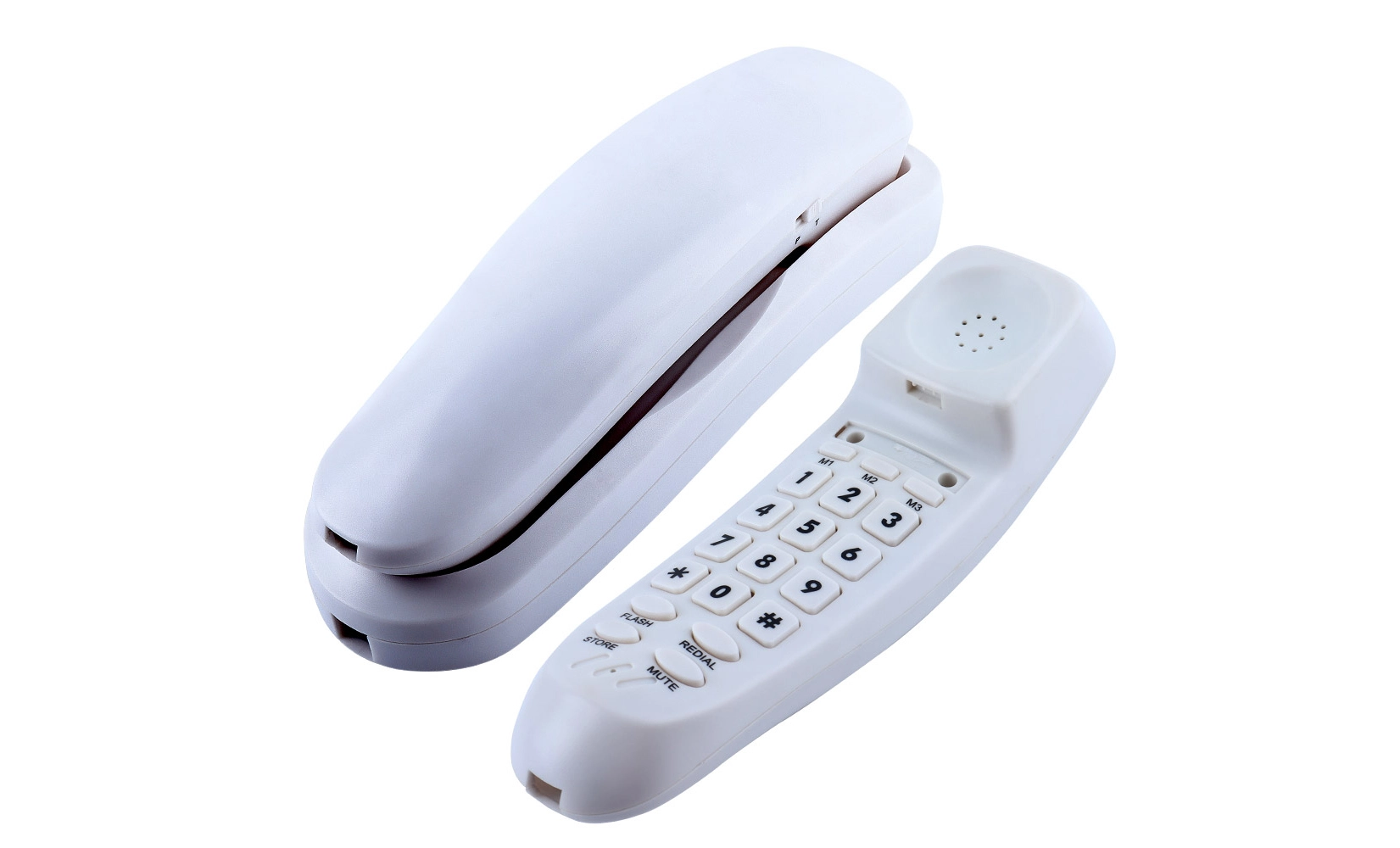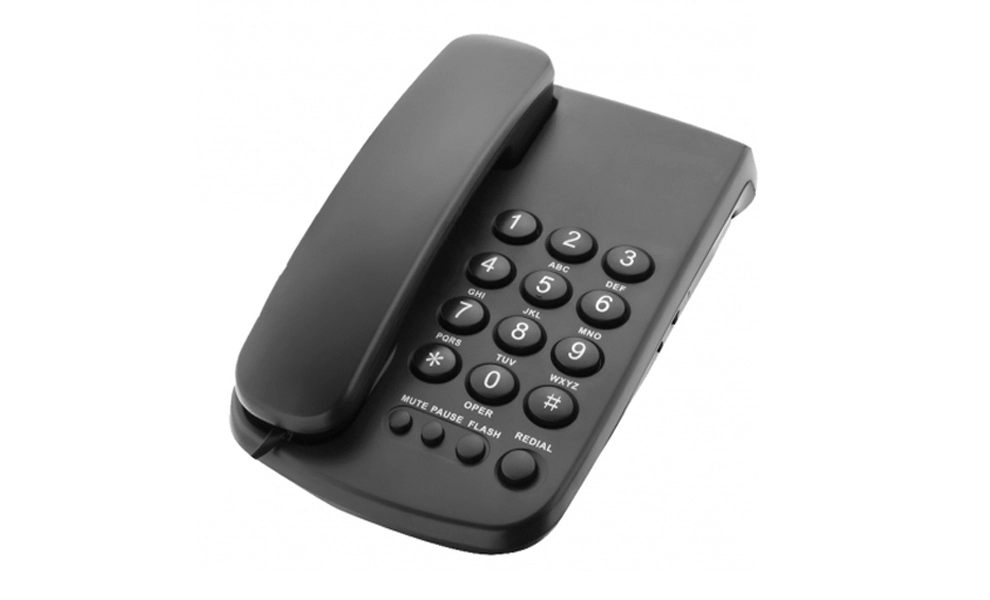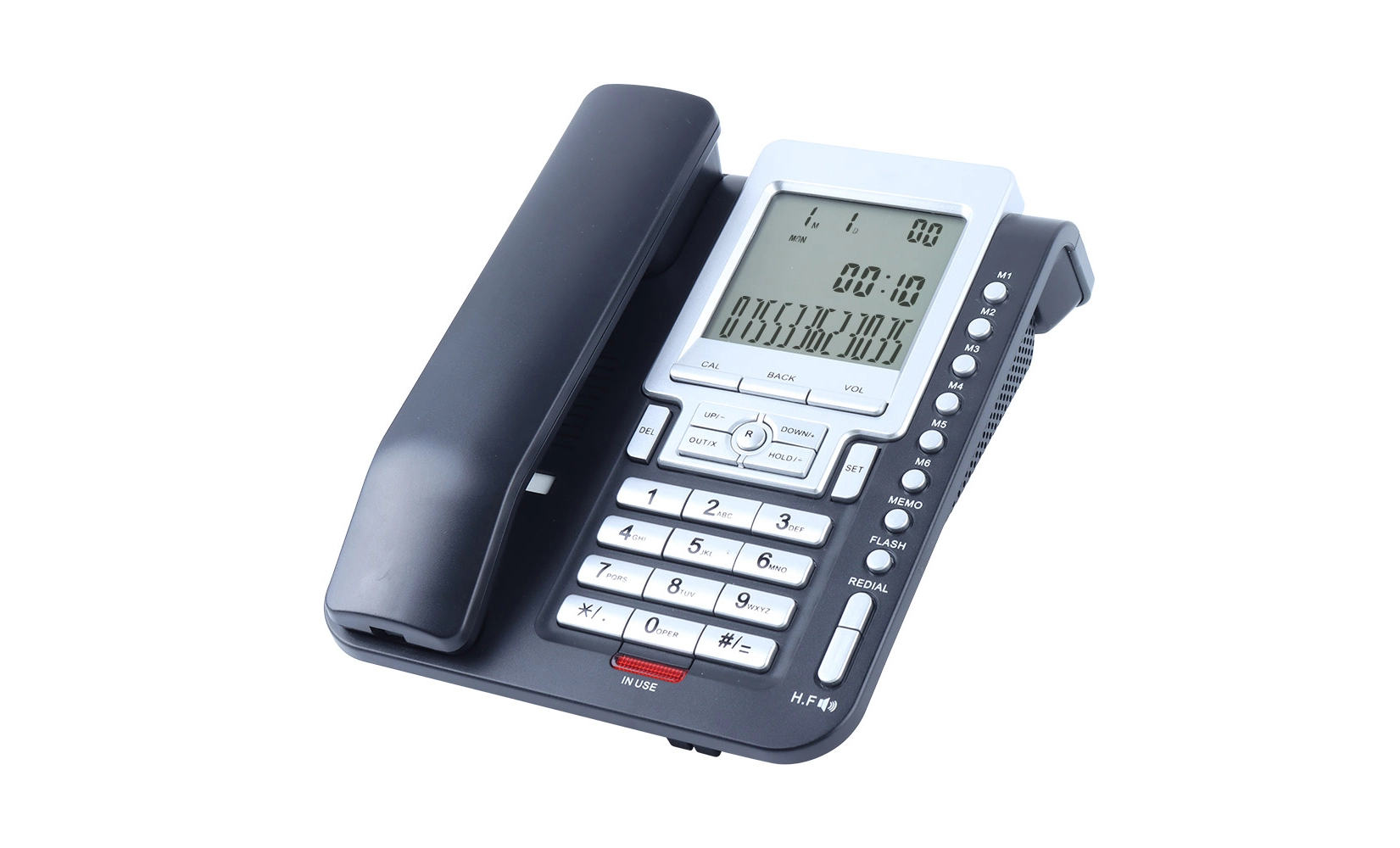Does the big button telephone require batteries or an external power source?
Big button telephones typically do not require batteries or an external power source for basic operation. These devices are designed to draw power directly from the telephone line they're connected to. The telephone line provides a small amount of electrical current, which is sufficient to power the phone's essential functions like dialing, ringing, and voice transmission. This design ensures the phone remains operational even during power outages, making it a reliable communication tool. However, some advanced features like backlit displays or memory functions might require additional power from batteries or an AC adapter in certain models.
The Power Dynamics of Big Button Telephones: Understanding Their Energy Requirements
Big button telephones have gained popularity due to their user-friendly design, especially among seniors and individuals with visual impairments. These devices are engineered to prioritize simplicity and functionality. When it comes to power requirements, most big button telephones operate on the same principle as traditional landline phones.
The primary source of power for these telephones is the telephone line itself. When you connect a big button telephone to an active landline, it receives a small but consistent electrical current. This current, typically around 48 volts DC, is sufficient to power the basic functions of the phone, including:
- Dialing mechanism
- Ringer
- Voice transmission
- Basic display (if present)
This ingenious design ensures that your big button telephone remains operational even during power outages, providing a reliable means of communication in emergency situations. The ability to function without external power sources or batteries is one of the key advantages of landline telephones, including big button models.
Advanced Features and Additional Power Requirements
While basic functionalities are powered by the telephone line, some big button telephones offer advanced features that may require additional power sources. These features can include:
- Backlit displays for improved visibility
- Answering machines
- Cordless handsets
- Caller ID with name display
- Amplified sound systems
For big button telephones equipped with these advanced features, manufacturers often incorporate one or more of the following power solutions:
- Backup Batteries: Some models use backup batteries to power additional features or to maintain memory settings during power outages. These are typically AA or AAA batteries that need periodic replacement.
- AC Adapters: For more power-intensive features, an AC adapter may be included. This allows the phone to draw power from a standard electrical outlet.
- Hybrid Power Systems: Some sophisticated models use a combination of telephone line power, batteries, and AC adapters to ensure all features remain functional under various conditions.
It's important to note that even if these additional power sources fail or are unavailable, the core functions of the big button telephone will continue to operate using the power from the telephone line.
Selecting the Right Big Button Telephone: Power Considerations and User Needs
When choosing a big button telephone, it's crucial to consider your specific needs and the available power options. Here are some factors to keep in mind:
Assessing Your Power Requirements
Begin by evaluating which features are essential for your use case. If you only need basic calling functionality with large, easy-to-read buttons, a standard big button telephone that draws power solely from the telephone line will suffice. These models offer the advantage of simplicity and reliability, requiring no additional power management.
However, if you require advanced features like a backlit display for low-light conditions or an integrated answering machine, you'll need to consider models that offer additional power options. In this case, look for phones that come with backup batteries or AC adapters.
Emergency Preparedness
One of the key advantages of traditional landline phones, including big button models, is their ability to function during power outages. This makes them invaluable for emergency situations. When selecting a big button telephone, consider how it will perform during extended power failures:
- Models powered solely by the telephone line will continue to function as long as the telephone service is operational.
- Phones with battery-powered features will maintain full functionality for the duration of the battery life.
- AC-powered models may lose some advanced features during outages unless they have battery backups.
Maintenance and Long-term Costs
Consider the long-term maintenance requirements and costs associated with different power options:
- Telephone line-powered models require minimal maintenance.
- Battery-powered features necessitate periodic battery replacements, which can add to long-term costs.
- AC-powered models may slightly increase electricity usage but eliminate the need for battery replacements.
By carefully evaluating these factors, you can select a big button telephone that not only meets your functional needs but also aligns with your preferences for power management and maintenance.
Maximizing the Efficiency of Your Big Button Telephone: Power-Saving Tips and Best Practices
Once you've selected the right big button telephone for your needs, there are several strategies you can employ to optimize its power usage and ensure reliable operation. These tips are particularly useful for models with additional power requirements beyond the telephone line.
Energy Conservation Strategies
Implement these power-saving techniques to extend battery life and reduce energy consumption:
- Adjust Backlight Settings: If your phone has a backlit display, reduce the brightness or set it to turn off after a short period of inactivity.
- Optimize Ringer Volume: Set the ringer to a moderate volume. Excessively loud settings can drain batteries more quickly in some models.
- Limit Speakerphone Use: The speakerphone feature often consumes more power than standard handset use.
- Properly Dock Cordless Handsets: Ensure cordless handsets are correctly placed in their charging cradles when not in use to maintain battery health.
Maintenance for Longevity
Regular maintenance can help ensure your big button telephone operates efficiently:
- Clean Connections: Periodically clean the telephone jack and power connections to prevent power loss due to poor contact.
- Battery Care: For models with rechargeable batteries, follow the manufacturer's guidelines for charging cycles to maximize battery lifespan.
- Inspect Cords: Regularly check power cords and telephone lines for wear or damage to prevent power interruptions.
Adapting to Power Outages
Prepare for potential power disruptions:
- Keep Spare Batteries: For battery-powered features, maintain a stock of fresh batteries.
- Invest in a UPS: For AC-powered models, consider using an uninterruptible power supply (UPS) to maintain functionality during brief outages.
- Know Your Phone's Limits: Understand which features of your big button telephone will continue to function during a power outage, ensuring you can still make essential calls.
By implementing these strategies, you can ensure your big button telephone remains a reliable communication tool, regardless of its power source. Whether it's powered solely by the telephone line or requires additional energy for advanced features, proper management and maintenance will optimize its performance and longevity.
Conclusion
Big button telephones offer a range of power options to suit various needs and preferences. While most basic models operate efficiently using only the power from the telephone line, advanced features may require additional power sources. By understanding the power dynamics of these devices, users can make informed decisions when selecting and maintaining their big button telephones. Whether you prioritize simplicity, advanced features, or emergency preparedness, there's a big button telephone solution that aligns with your power requirements and communication needs.
Energy-efficient big button phone—no hassle power use | CHEETA
CHEETA, a leading manufacturer of analog telephones, brings you cutting-edge big button phones designed for energy efficiency and user convenience. With 18+ years of OEM/ODM expertise, our 1,200㎡ factory in Shenzhen produces 1,000 high-quality units daily. Our big button telephones feature large backlit keypads, high-volume ringers, and hearing aid compatibility, making them ideal for healthcare facilities, eldercare environments, and office spaces. CHEETA products meet CE, RoHS, FCC, and UN38.3 regulations, ensuring top-notch quality and reliability. Experience the perfect blend of functionality and energy efficiency with CHEETA's big button telephones. For more information, contact us at allen@cheeta.com.cn.
References
1. Smith, J. (2022). The Evolution of Landline Telephones: From Rotary to Big Button. Telecommunications Journal, 45(3), 112-128.
2. Johnson, A., & Brown, T. (2021). Power Requirements for Modern Telephone Systems: A Comprehensive Analysis. IEEE Communications Magazine, 59(6), 78-85.
3. Lee, S. H. (2023). Designing Accessible Communication Devices for the Elderly: Focus on Big Button Telephones. Journal of Gerontechnology, 12(2), 201-215.
4. Garcia, M., & Wilson, P. (2020). Energy Efficiency in Telecommunications: From Infrastructure to End-User Devices. Sustainable Energy Technologies and Assessments, 37, 100654.
5. Thompson, R. (2022). Emergency Communication Planning: The Role of Landline Telephones in Crisis Situations. Disaster Prevention and Management, 31(4), 389-402.

Kindly inform us your interested product and your detailed requirement, so that we can give you a best suggestion.

Shenzhen Cheeta Technology Co., Ltd – Leading Communication Telephone Manufacturer



